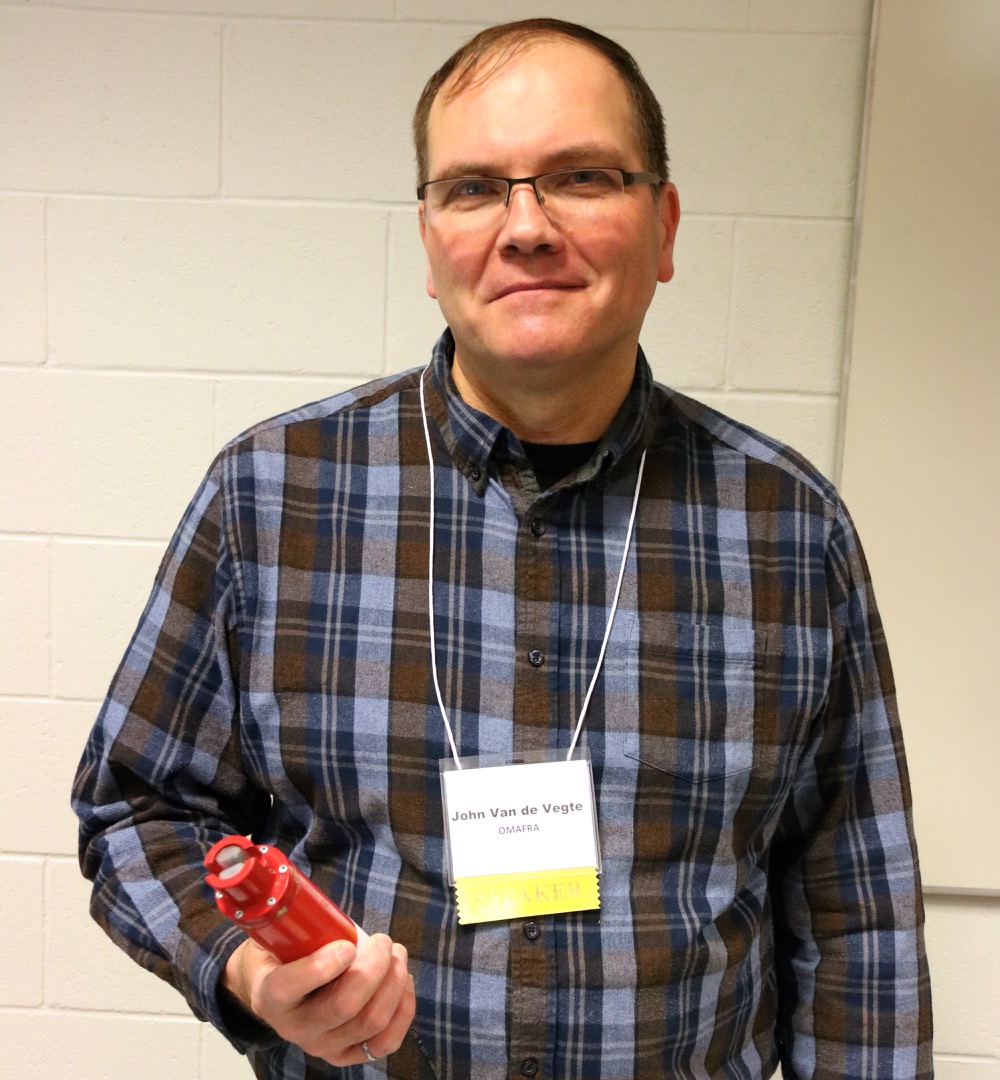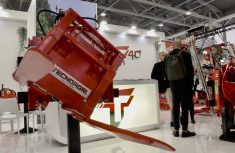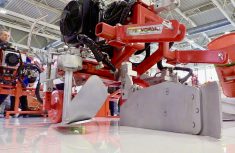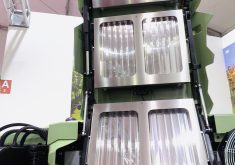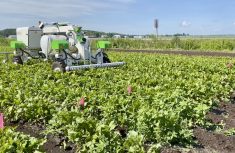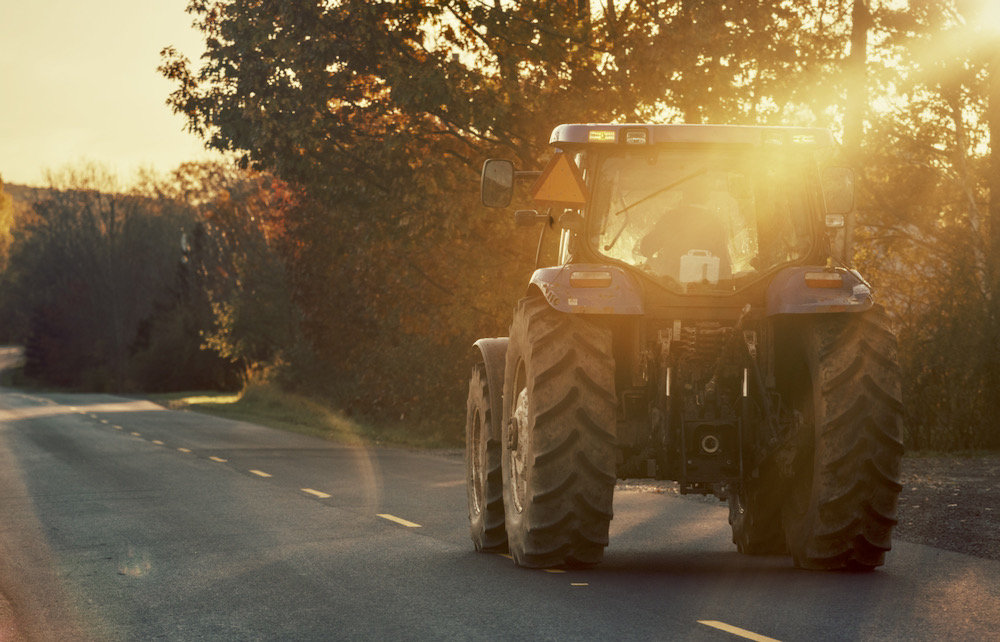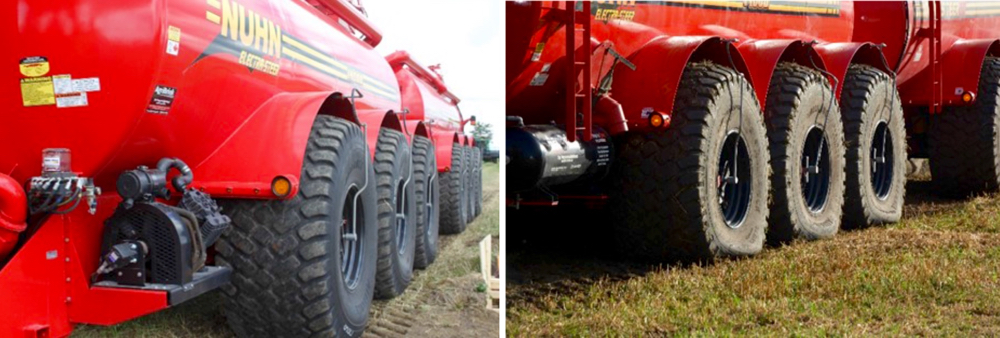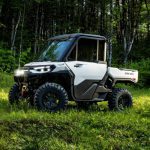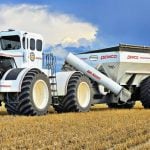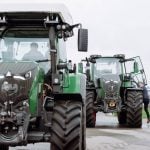Farmers no longer need to turn to expensive technology companies for automation solutions. Open source technology and software mean that they can do it themselves.
The bottom line: Sensor technology continues to drop in price, meaning for a reasonable investment, there are now solutions to farm issues that weren’t there before.
The sensors are giving farmers the ability to take measurements that would have either been impossible, unsafe, or impractical, says John Van de Vegte, an engineer with the Ontario Ministry of Agriculture, Food and Rural Affairs (OMAFRA).
Read Also
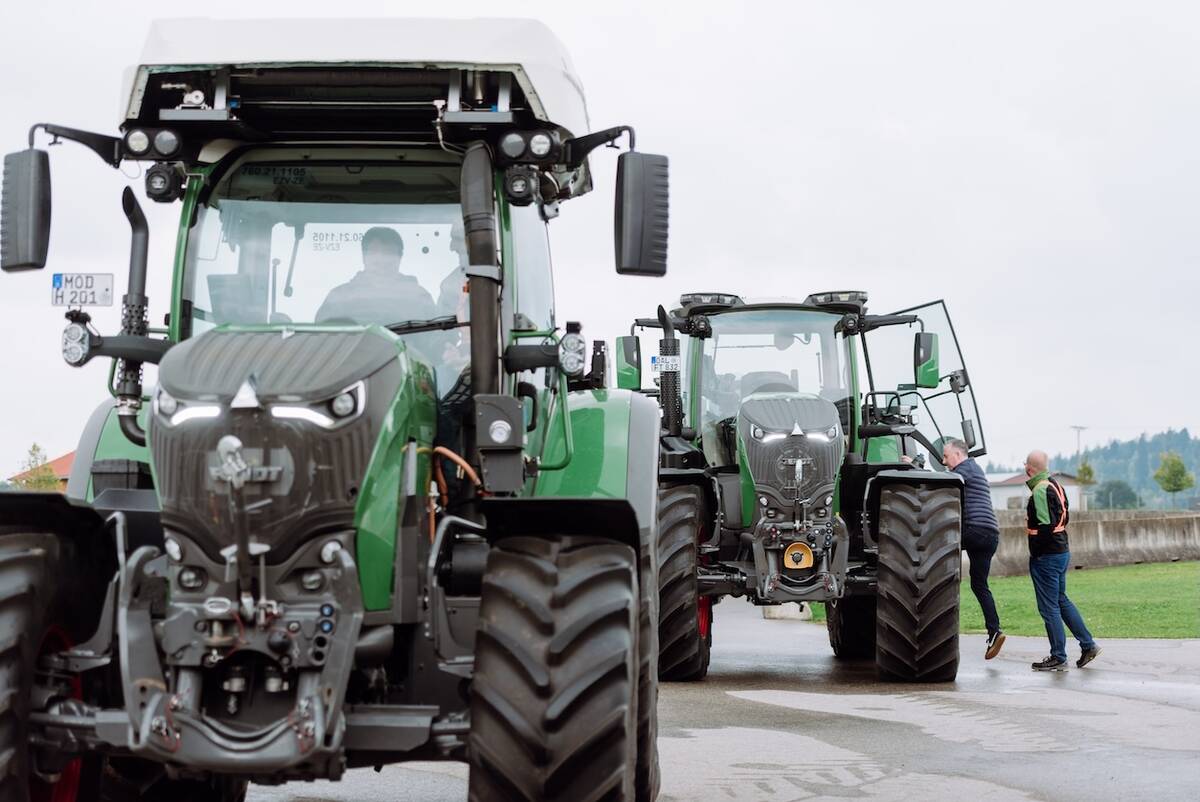
Agco worries about outlook for North America
Agco chief executive officer Eric Hansotia recently had both good and bad news to share about the demand for new farm equipment.
Take the risk of methane seeping from manure storage into hog and dairy barns. The results, if the barns aren’t ventilated properly can be catastrophic, including explosions and fires.
A pilot project is looking at using an ultrasonic sensor to measure the space between the manure level and the floor of the barn above it in a slatted floor barn.
The real value of sensors and recording technology is the ability to take many measurements to constantly monitor a situation. That can be for safety, as in the example of the manure levels, or for maintaining food quality. Once the function is programmed, “all I’m doing is repeating that over and over and over again,” he said at the FarmSMART conference.
One could have a person constantly checking the manure levels, but that would never be an effective option from an economic or safety perspective.
The rise in the use of customized sensor technology is driven by open-source programming and electronics. There are two major communities in this space, one called Arduino and the other Raspberry Pi. There are extensive online communities supporting the technologies, which at a simplified level, provide microprocessors and circuit boards that control electronic systems.
The price of sensors has also had a big impact, says Van de Vegte. Relative humidity sensors can be had for $1.25, temperature for $2.75, liquid levels for $90 and ultrasonic distance measurement devices, $9.30.
To create greater control of more complex systems, the price still isn’t extraordinary. Programmable Logic Controllers can be bought for $250, providing what Van de Vegte calls a “brain” for a farm-based system. PLCs have been used for years to control barn ventilation and feeding systems.
Make sure that the technology works as it should out of the box, says Van de Vegte. Calibration is important. Recording inaccurate data can be worse than no data at all.
Van de Vegte outlined some of the projects he’s involved in to answer questions and monitor areas that have previously been unmonitored. Here are some of them:
- Washing vegetables takes a lot of water and the water has to be treated before it is discharged back into the environment. The treatment system has to be sized for when the biggest slug of discharge needs to be treated, so there is a lot of investment for what is often a short period of time. A project used a dishwasher sensor, costing $19 on eBay, to measure the turbidity of the water for a system that washes carrots. The washing system timing can be changed in order to manage the output water quality. The measurements can also help with reducing the amount of water coming into the system, and as a result, the amount that needs to be treated.
- A project looked at the value of putting in a system to shake dirt off of carrots. The fact that there was the ability to measure water quality showed that the shaking reduced dirt in the water by 30 per cent.
- Tile drains are responsible for some movement of silt and nutrients, even though they have been installed to move water. Another water turbidity sensor is helping researchers look at how tile water could be better managed.
- Ammonia levels are being measured in lamb and rabbit barns in an attempt to established acceptable levels for animal health.
- Methane is being measured in hog barns in order to make ventilation systems more efficient, with the levels being viewable by the farmer on a smartphone.
- Peaches are being sized by tote when they arrive in cold storage, so that the peaches can be targeted to markets that want certain sizes, creating more value. A Raspberry Pi processor was used to manage the camera, which takes digital photos every half second and measures the diameter of the visible peaches as the life truck brings the skid into storage. An RFID tag is read on the skid at the same time and the peach size data is tied to the RFID number for use when marketing the peaches.


